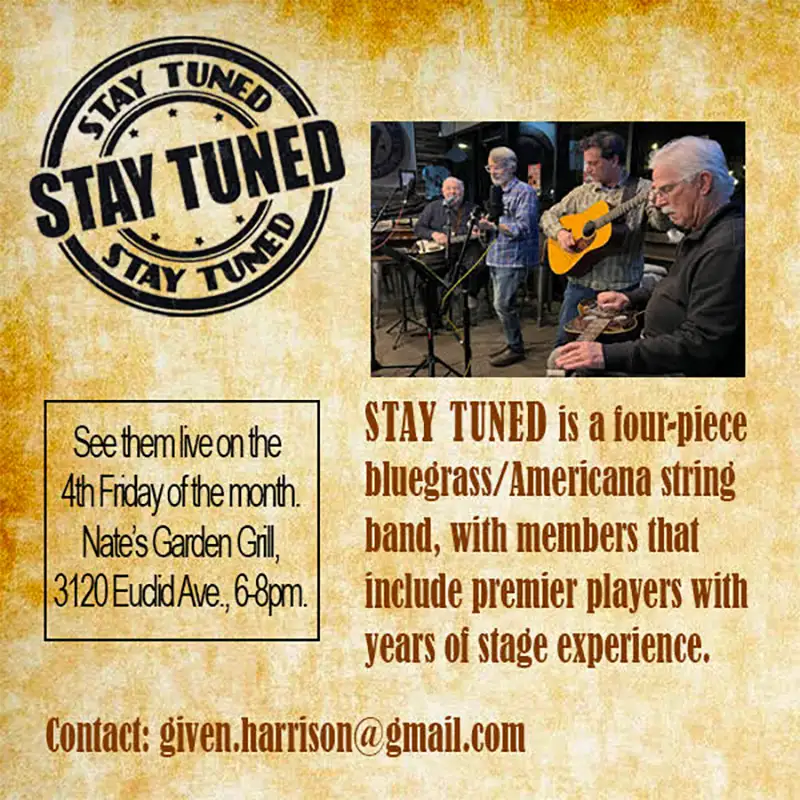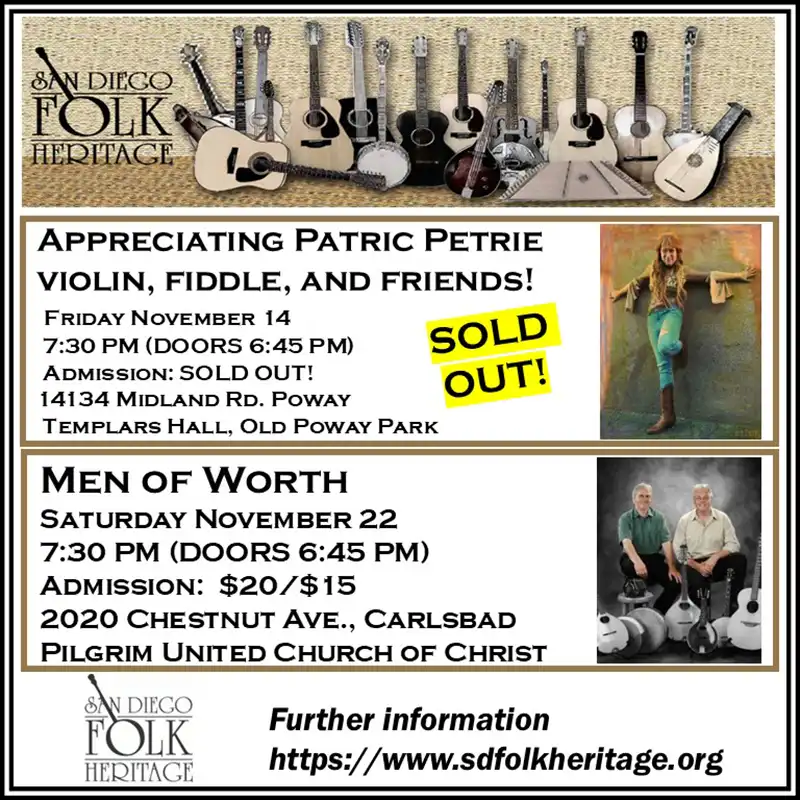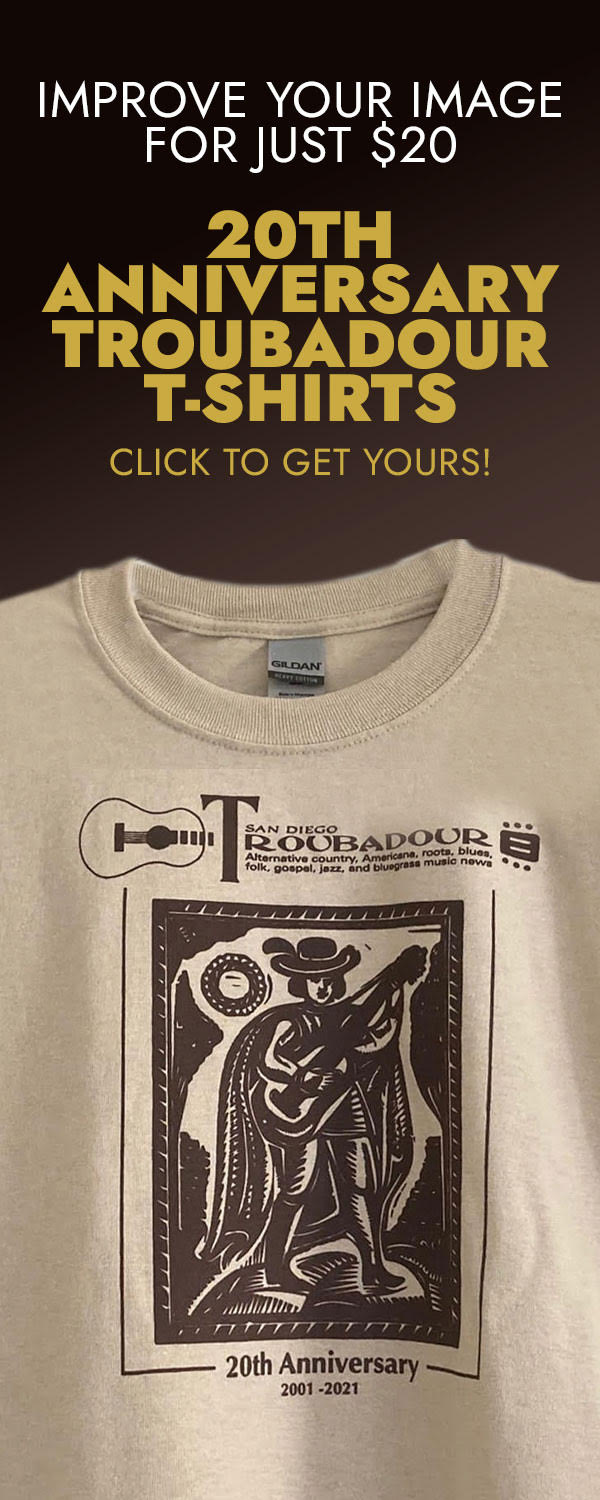Ask Charlie...
Just What I Needed
Hello Troubadourians! How many instruments do you own? If you’re a guitar player, how many guitars do you own? On average, guitarists own seven guitars. That would make me average because that’s how many I own. I may rate an exception, though, because three of them are “projects” that have been delayed so they are currently unplayable. When I was actively gigging with the Wild Truth in the 2000s I owned four guitars and regularly brought two of them to gigs. When I played with Folding Mr. Lincoln I had reduced that to three guitars and just brought my one acoustic to gigs for many years, only adding an electric guitar during my last year with the band and then only for certain gigs. That differs radically from when I was younger and would regularly bring my entire arsenal to gigs and rehearsals–often four or more guitars with both electric and acoustic guitars deemed to be “necessary” for me to achieve everything I wanted to play. Did I really need that many guitars? No. But I sure thought I did. My heroes changed guitars almost every song so I had to do the same, didn’t I? I had to be authentic and use the proper guitar for the song. If the version of a song I was doing had been recorded on a Telecaster, I used a Telecaster. The same went for songs recorded with Stratocasters, Les Pauls, and acoustics. A few exceptions were made when I didn’t own the appropriate guitar–such as a 12-string–but believe me I was always trying to figure out how to add those to my collection.
Back then, I had a list of instruments that I “needed” in order to have every possible timbre at my immediate reach. It was mostly a matter of not enough money that prevented me from acquiring everything on my list. What was on my List? Well, since this is ostensibly a column about gear, it seems appropriate to take a paragraph or so to geek out on guitars. So here goes…
I already had the aforementioned Tele, Strat, Les Paul, and acoustic but who couldn’t do with a backup of each one? And for the Tele, it would have a humbucker in the neck position and be tuned to open G for that “Keef” sound. One of the Les Pauls would have to be set up for slide. You can’t do Duane or Joe without a Les Paul and a Coricidin bottle. There would be a Gretsch 6120 because you never know when you’ll need “that great Gretsch sound” as their ads said back then. That and because Chet played a Gretsch was reason enough for me. Then a 12-string acoustic for all of those Eagles/Byrds/John Denver songs. A Dobro, no, two Dobros–one with a regular neck and one with a square neck for blues and bluegrass respectively. An ES-335 was another must-have because you could play pretty much anything on it. It could do jazz, rock, blues, and country stuff, pretty much anything you didn’t use the Les Paul for. And, finally, just to be ready for anything weird, a Flying V or Explorer. You never know when you’ll need to make a statement with a guitar.
If there is anything in the above paragraph that you don’t understand, that’s okay. I deliberately wrote it in “guitar speak” so that you’d get a taste of the language that guitar players use when they talk to each other about gear. Send me an email and I’ll explain in plain language anything you need clarified. Believe me, I could have made it much worse…
That’s over a dozen guitars! And I would have wanted to be in a band where I used every one of them! How crazy is that? A better question is how did I get from there to where I am now where bringing two guitars to a gig is a big deal? The biggest reason is that I learned how to play anything on anything. Unless you’re a specialist in a particular genre and want to be completely authentic in both sound and looks–for instance, you are exclusively a rockabilly player and only a Gretsch gets your sound–you can take one good guitar that you are completely familiar with and know how to play well and get convincing sounds in any genre. We covered a lot of stylistic ground in Folding Mr. Lincoln from country shuffles to ballads, from acoustic jazz to bluegrass, from folk to folk-rock, and I was able to cover everything on my Collings D2 acoustic. I’ve written before about how I rebuilt my playing and style to be able to play all of those genres on one guitar while still sounding authentic and like myself. Mostly, I went for a straight up traditional Dreadnaught tone but I learned to emulate the tonality of both a dobro and a Gypsy jazz guitar with just my hands.
I admit that the main reason that I have for wanting several guitars on hand is so that neither I nor the audience become bored with the same tone on every song. I’m very sensitive to that so I make sure that I vary my approach and tone for every song as appropriate. Even subtle changes like how heavy or light you touch the strings can make enough of a difference to prevent tone fatigue. This facilitates my using one guitar for an entire show while still being able to create authentic and interesting tones for every song. Using one guitar also helps me get into the groove of the show as me and my guitar can have a “conversation” for the entire show. There is a downside to bringing only one guitar though. If your guitar should for some reason malfunction or you break a string, you’re pretty much done unless you can fix it. Trying to troubleshoot a malfunction under pressure is one of the toughest things you’ll ever have to do. So, either choose ultra-reliable gear (as I do) or bring a backup (which I also do). The takeaway here is that when you can make one guitar sound like many, everyone has a better time and you have less gear to carry around. Notice that I didn’t even mention effects pedals. We can talk about that another time. Next month I’ll be writing about all the cool new gear that I saw at the NAMM Show and have a few things to recommend for you.
Need to know? Just ask… Charlie (ask.charlie@hotmail.com)








